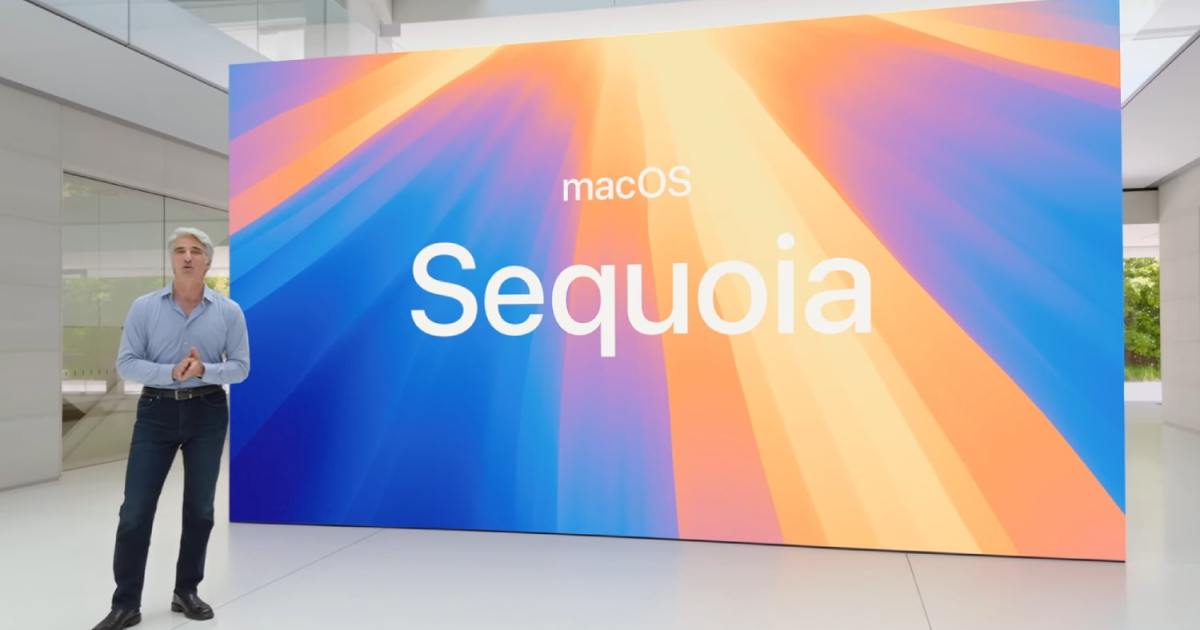Movie remakes have long been a Hollywood staple, with directors taking old classics or hidden gems and adding their own spin, often opting for bold creative risks. While not all remakes hit the mark, some manage to outdo their source material. The best movie remakes prove that some stories deserve to be retold and can shine even brighter the second (or third) time around.
From The Wizard of Oz (1939) to Scarface (1983), the greatest movie remakes ever breathe new life into forgotten or familiar tales, almost always introducing incredible stories to a new generation. These often become even more popular than their predecessors, praised for the way they reinvent old ideas and use fresh perspectives to transform genres, deepen narratives, update visuals, or all of the above. Even cinephiles may be surprised to learn that some of their favorites are actually remakes of lesser-known films.
10. The Talented Mr. Ripley (1999)
Based on Patricia Highsmith’s eponymous 1955 novel, The Talented Mr. Ripley is a psychological thriller that follows Tom Ripley (Matt Damon), a young man and known con artist, who is sent to Europe to retrieve the spoiled and much wealthier Dickie Greenleaf (Jude Law). When he fails to convince Dickie to return home, he soon comes up with a plan driven by jealousy of Dickie and his expatriate girlfriend Marge Sherwood’s (Gwyneth Paltrow) lavish lifestyle.
An earlier adaptation, Purple Noon (1960), attempted to stick close to the source material but failed to achieve the same psychological complexity of director Anthony Minghella’s version. The 1999 remake explores Ripley’s sociopathic tendencies in a more explicit way, largely succeeding thanks to an incredible performance by Matt Damon. The film also more effectively depicts class envy and forbidden desires, which all play out against a lush 1990s aesthetic.
9. A Star Is Born (1954)
Since its 1937 version, A Star is Born has been remade four times, but none surpass the 1954 musical directed by George Cukor. Featuring Judy Garland in one of her most acclaimed performances, it follows Esther Blodgett (Garland), a gifted singer with big dreams discovered by fading idol Norman Maine (James Mason). As Esther’s career rises under the stage name Vicki Lester, Norman’s falls mostly due to the weight of his alcoholism and growing insecurity. The two are caught in a passionate yet ultimately tragic love story.
The 1954 remake of A Star is Born introduced the musical format, emphasizing Garland’s talent through unforgettable songs. Garland and Mason were at the peak of their powers, and their chemistry was easy to see through the ups and downs of the characters’ relationship. Vibrant set pieces and groundbreaking cinematography also ensured that memorable scenes felt larger than life, complementing the truly emotional and iconic narrative that would continue to be told across generations.
8. Ben-Hur (1959)
Ben-Hur: A Tale of the Christ (1925) was a commendable attempt at telling a sweeping tale, but it doesn’t hold a candle to the 1959 version, which stands as a monumental achievement in filmmaking. Director William Wyler’s Ben-Hur transports viewers to ancient Rome, where a wealthy Jewish prince in Roman-occupied Jerusalem, Judah Ben-Hur (Charlton Heston), is devastated when his childhood friend turned Roman officer, Messala (Stephen Boyd), betrays him. Judah endures grueling hardship after being condemned to slavery, which fuels his desire for revenge. This leads him to the world of chariot racing, where he finally gets his shot.
With its 11 Academy Awards, including Best Picture, Ben-Hur cemented itself as a landmark in cinema history. It’s a technically brilliant film, best remembered for its legendary chariot race in the Circus Maximus, which became one of cinema’s most thrilling sequences. Ben-Hur remains one of the greatest epics ever made, and its impact on the genre and filmmaking as a whole cannot be overstated.
7. The Fly (1986)
In a classic story of a science experiment gone wrong, Jeff Goldblum stars as eccentric scientist Seth Brundle, who is unveiling a cutting-edge teleportation device. However, during an experiment, a common housefly enters the teleportation pod with him, splicing their DNA. At first, Seth is elated to be experiencing seemingly positive physical enhancements like superhuman strength, agility, and stamina. This excitement soon turns into horror when he transforms into a grotesque human-fly hybrid.
The Fly‘s 1958 version is a campy product of its time, telling the same narrative with more rudimentary practical effects. Director David Cronenberg’s remake is considered the more impactful retelling, thanks to its highly detailed and disturbing body horror makeup work, one of the filmmaker’s trademarks. Aside from being more visceral, Cronenberg’s The Fly also takes a more psychological approach as it chronicles the protagonist’s grueling transformation.
6. The Departed (2006)
Director Martin Scorsese’s The Departed is both a remake of the 2002 Hong Kong movie Infernal Affairs and is loosely based on the real-life Boston Winter Hill Gang. The 2006 movie remakes the Hong Kong thriller into a Boston crime saga that follows two men living double lives: Billy Costigan (Leonardo DiCaprio), an undercover cop infiltrating the Irish mob, and Colin Sullivan (Matt Damon), a mob mole embedded within the Massachusetts State Police. In the background, mob boss Frank Costello (Jack Nicholson) and Captain Queenan (Martin Sheen) control their respective operations, which don’t go as planned.
The Departed is an excellent example of an American remake done right. It seamlessly adapts the story and tension while creating something totally new in a familiar setting. Every scene crackles with the tension of lives hanging by a thread, especially since the protagonists’ true identities are always on the verge of exposure. This all leads to an explosive breaking point that is still among the most shocking endings in the crime genre, immediately cementing the film as one of Martin Scorsese’s best works.
5. Casino Royale (2006)
Featuring a magnetic performance by Daniel Craig in his debut as the British super-spy, Casino Royale marked a tonal shift for the James Bond franchise. The 2006 film centers on Bond’s early days as a newly minted “00” agent, during which he’s tasked with dismantling a terrorist network. In order to do so, Bond enters a high-stakes poker game at Montenegro’s Casino Royale to bankrupt Le Chiffre (Mads Mikkelsen), a financier for global terrorism. The British Treasury official Vesper Lynd (Eva Green) works alongside Bond, and their partnership soon turns into a complicated romance.
Far from the 1967 spoof version of Casino Royale, the 2006 adaptation of Ian Fleming’s first Bond novel is a reinvention of the film series. Directed by Martin Campbell, it strips the iconic spy of his usual gadgets and bravado to reveal a grittier, more human 007. This remake jettisoned the camp of earlier films, offering a darker and more emotional take on the world’s most famous secret agent.
4. Dune (2021) & Dune: Part Two (2024)
Acclaimed filmmaker Denis Villeneuve turned out to be the perfect match for the notoriously “unadaptable” sci-fi novels by Frank Herbert. 2021’s Dune and its 2024 sequel, Dune: Part Two, weave a saga of epic proportions that primarily follows a young nobleman, Paul Atreides (Timothée Chalamet). Paul is thrust into a dangerous political game as his family takes control of Arrakis, the universe’s sole source of the invaluable spice melange. He begins to suspect a conspiracy as he learns more about the mysterious Bene Gesserit, the local Fremen, and his father’s enemies.
When comparing the films to David Lynch’s dense and uneven 1984 version, it’s clear that Villeneuve’s modern storytelling and spectacular visuals beautifully translate Herbert’s vision onto the big screen. The recent Dune movies depict a mesmerizing universe set far into a strange and fascinating future. For sci-fi fans, especially, these modern Dune adaptations might be the pinnacle of the genre and represent how much has changed.
3. The Thing (1982)
Set in Antarctica, director John Carpenter’s The Thing centers on a team of researchers at a remote outpost who encounter a shape-shifting alien capable of perfectly mimicking its victims. Led by the helicopter pilot R.J. MacReady (Kurt Russell), the group struggles to maintain control as they distrust each other. With the alien infiltrating their outpost one individual at a time, things get messy as the pressure mounts to find out who is no longer human.
The Thing from Another World (1951) used John W. Campbell’s novella to present a Cold War allegory, but Carpenter takes a different approach by fully embracing the source material’s horror. With its pioneering special effects, it showed body horror and grotesque scenarios in an unprecedented way. This is also why it wasn’t a hit when it first premiered, and The Thing only later came to be appreciated as an influential cult classic that reshaped the sci-fi and horror genres.
2. Scarface (1983)
Al Pacino stars as the ruthless Tony Montana in one of the greatest gangster movies of all time, 1983’s Scarface. Set in 1980s Miami, the film chronicles Tony’s rise and fall as he goes from being a penniless Cuban refugee to a violent, larger-than-life kingpin of the city’s drug empire. As Tony’s success and control of the cocaine-fueled industry grow, so does his obsession with wealth and status. His paranoia and ego soon get the best of him, and his blunders eventually add up and lead to one of the bloodiest climaxes in film history.
Brian De Palma’s Scarface (1983) is a gloriously over-the-top reimagining of Howard Hawks’ 1932 version, which many fans may not even know about. De Palma’s direction is unapologetically bold, portraying the excess and moral decay of the era with a dramatic flair. Though it was initially criticized for its excessive violence, Scarface has since become a cultural phenomenon celebrated precisely for this unflinching perspective.
1. The Wizard of Oz (1939)
Director Victor Fleming’s The Wizard of Oz (1939) is a cinematic marvel is a universally adored adaptation of L. Frank Baum’s classic novel. Judy Garland delivers a career-best performance as Dorothy Gale, a Kansas farm girl swept away by a tornado to the magical land of Oz. Alongside her dog Toto, she goes towards the Emerald City to seek help from the titular wizard who might grant her wish to return home. She also befriends the Scarecrow (Ray Bolger), the Tin Man (Jack Haley), and the Cowardly Lion (Bert Lahr). Even as the Wicked Witch of the West (Margaret Hamilton) plots to stop them, Dorothy perseveres in her quest to escape.
The film’s earlier 1925 silent adaptation is seldom associated with Dorothy’s story, as it’s the dazzling 1939 film that came to redefine modern fantasy cinema. The Wizard of Oz wasn’t the first to use Technicolor, but it popularized it through a legendary moment where Dorothy opened the door to a colorful world, marking a key change in cinema. Several decades later, The Wizard of Oz remains a cultural touchstone, with its legacy felt in the genre and in recent hits like Wicked.









